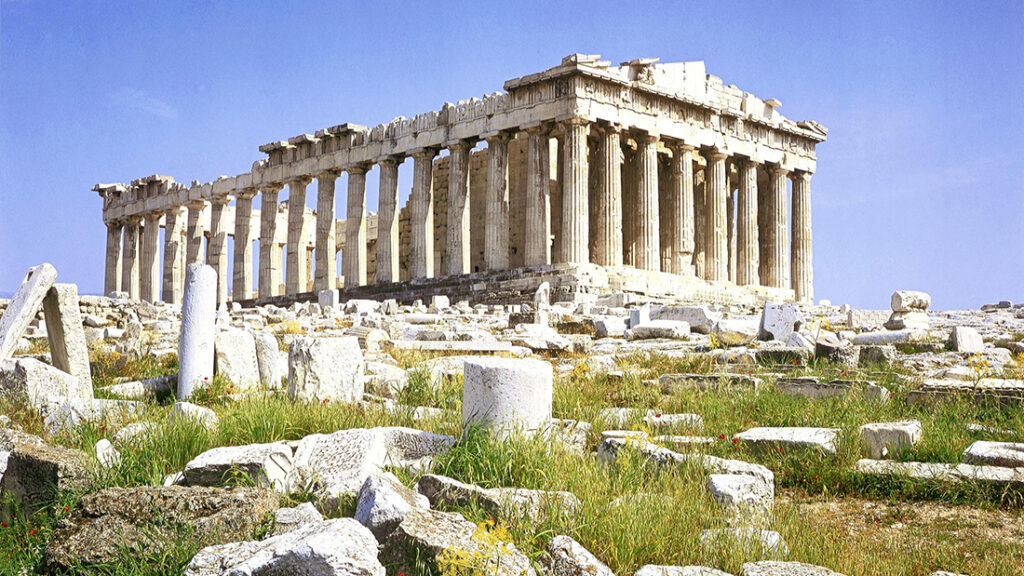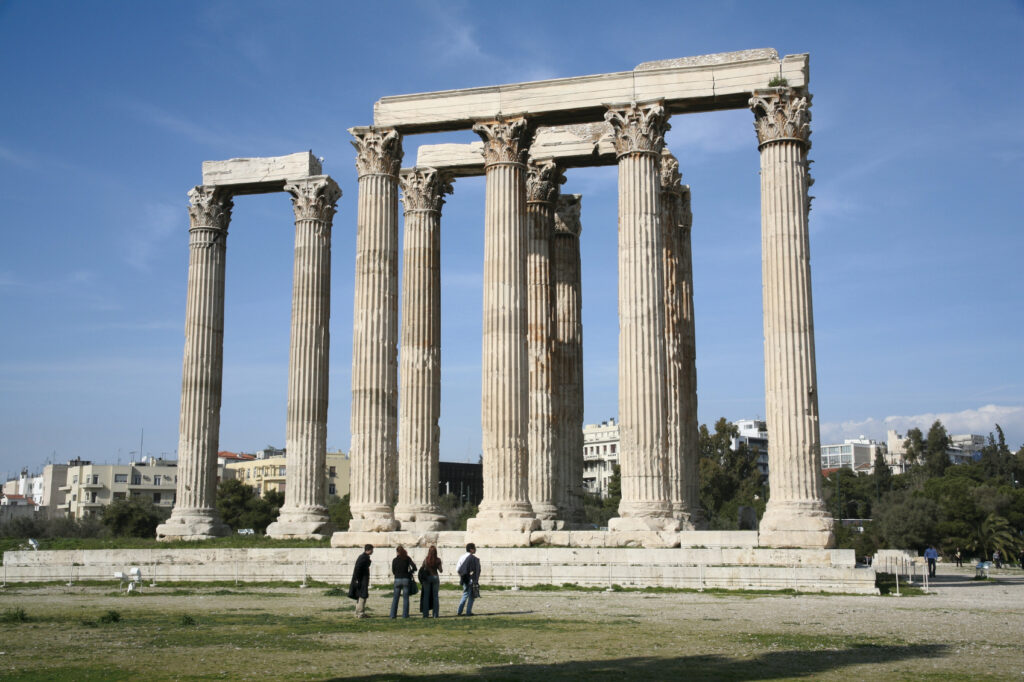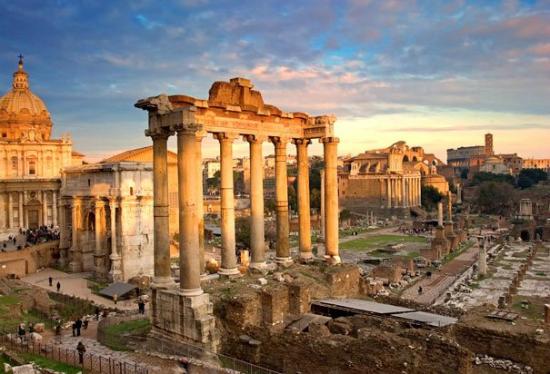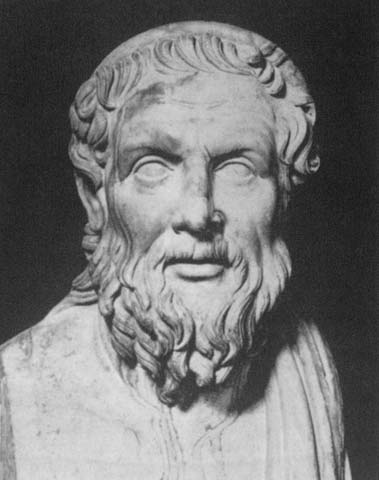
ANCIENT EGYPTIAN PYRAMIDS
THE MIRACLES RECORDED OF ALCIDES, OSIRIS, AND OTHER GODS OF EGYPT.
1. We have the miraculous birth by a virgin in the case of Alcides.
2. Osiris, while a sucking infant in his cradle, killed two serpents which came to destroy him.
3. Alcides performed many miraculous cures.
4. According to Ovid he cured by a miracle the daughter of Archiades.
5· Also the wife of Theogenes, after the doctors had given her up.
6. And both these Gods converted water into wine.
7. Both of them frequently cast out devils.
8. Julius declares Alcides raised Tyndarus and Hippolitus from the dead.
9. When Zulis was crucified, the sun became dark and the moon refused to shine.
10. Both he and Osiris were resurrected by a miracle.
12. Both ascend to heaven in sight of many witnesses.
13. And finally we are told that from Alexandria the whole empire became filled with the fame of these miracle workers, who restored the blind to sight, cured the paralytic, caused the dumb to speak, the lame to walk, &c.
All these miracles were as credibly related of these Gods as similar miracles of Jesus Christ.

MIRACLES PERFORMED BY PYTHAGORAS AND OTHER GODS OF GREECE
1. Pythagoras was a spirit in heaven before he was born on earth.
2. His birth was miraculously foretold.
3· His mother conceived him by a specter (the Holy Ghost).
4· His mother (Pytheas) was a holy virgin of great moral purity.
5· Plato’s mother, Paretonia (says Olympiodorus), conceived him by the God Apollo.
6. Pythagoras in his youth astonishes the doctors by his wisdom.
7. Was worshiped as the “Son of God,” “Paraclete,” “Child of Divinity,” etc.
8. Could see events many ages in the future (says Richardson, his biographer).
9. Could bring down the eagle from his lofty height by command.
10. Could approach and subdue the wild, ferocious Daunian bear.
11. Could, like Christ, appear at two places at once.
12. Could walk on the water and travel on the air.
13. Could discern and read the thoughts of his disciples.
14. Could handle poisonous reptiles with impunity.
15. Cured all manner of diseases.
16. Restored sight to the blind.
17. He “cast out devils.”
18. Jamblicus says he could allay storms on the sea.
19. Raised several persons from the dead.
20. And, finally, “a thousand other wonderful things are
told of him,” says Jamblicus.
>With respect to his character, it is said that “for humility, and practical goodness, and the wisdom of his moral precepts, he stood without a rival.” He discarded bloody sacrifices, discouraged wars, forbade the use of wine and other intoxicating drinks, enjoined the forgiveness of enemies and their kind treatment, and also respect to parents. He was a special friend to the poor, and taught that they were the favorites of God. “Blessed are ye poor.” He practiced and recommended the silent worship of God. He retired from the world, and often fasted, and was a great enemy to riches (like Jesus Christ). He considered poverty a virtue, and, despised the pomp of the world. He recommended (like Christ) the abandonment of parents, relations, and friends, houses and lands, &c., for religion’s sake. His disciples, like those of Christ, had a common treasury and a general community of goods, to which all had free access,
so that there was no poverty or suffering amongst them while the supply lasted. All shared alike. In fact, with respect to the spirit of his precepts, his moral lessons, and nearly his whole practical life, he bore a striking resemblance to Jesus Christ, and presented the same kind of evidence, and equally convincing evidence, of being a God. And as he was born into the world five hundred and fifty-four years before Christ, the latter probably obtained the materials of his moral system from that Grecian teacher, or in the same school of the Essenian Buddhists, in which both Pythagoras and Christ appear to have taken lessons.

Rome
MIRACLES OF THE ROMAN GODS QUIRINUS AND PROMETHEUS.
1. Prometheus was honored with a miraculous birth.
2. Quirinus was miraculously preserved in infancy, when threatened with destruction by the tyrant ruler Amulius.
3. He performed the miracles, according to Seneca and Hesiod, of curing the sick, restoring the blind, raising the dead, and casting out devils.
4. Both these Gods were crucified amid signs, and wonders, and miracles.
5. All nature was convulsed, and the saints arose when they were crucified.
6. The sun was also darkened, and refused to shine.
7. Both descended to hell, and rose from it by divine power.
8. And Prometheus was seen to ascend to heaven.
These points are cited as miraculous events as if they are real facts, not because it is believed they were such, but as possessing the same degree of credibility as those events described as occurring of Jesus Christ.



MIRACLES AND RELIGION OF APOLLONIUS OF TYANA (MODERN TURKEY)
1. Everything was subject to his miraculous power.
2. He performed many miraculous cures.
3. He restored sight to the blind.
4. He cast out devils, which sometimes “cut up” like those of Christ.
5. He enabled the lame to walk.
6. He re-animated the dead.
7. He could read the thoughts of bystanders.
8. Sometimes disappeared in a miraculous manner.
9. Caused a tree to bloom, while Christ made another tree to wither away.
10. The laws of nature obeyed him.
11. Could speak in many languages he had never learned.
12. Was at one time transfigured, like Christ.
13. His birth was miraculously foretold by an angel.
14. Was born of a spotless virgin.
15. There were demonstrations of joy and singing at his birth.
16. Exhibited proofs in infancy of being a God.
17. Manifested extraordinary wisdom in childhood.
18. He was called “the Son of God.”
19. Also “the image of the Eternal Father manifested in the flesh.”
20. He was also styled “a prophet.””
21. Like Christ, he retired into mystic silence.
22. His religion was one of exalted spirituality.
23. He taught the doctrine of “the Inner Life.”
24. He possessed exalted views of purity and holiness.
25. Like Christ, he was a religious ascetic.
26. His religion, as in the case of Christ, forbade him to marry.
27. He ate no animal food, and would wear no woolen garments.
28. Gave his substance to the poor.
29. Eschewed love for wine and women.
30. Refrained from artificial ornaments and sumptuous living.
31. He was a high-toned moral reformer.
32. He condemned external sacrifices.
33. Also condemned gladiatorial shows.
32. He religiously opposed dancing and sexual pleasures.
33. He recommended the pursuit of wisdom.
34. Was of a serene temper, and never got angry.
35. Was a true prophet, foresaw and foretold many future events.
36. Foresaw a plague, and stopped it after it had commenced.
37. Crowds were attracted by his great miracles and his wisdom.
38. He disputed with and vanquished the wise men of Greece and Asia, as Christ did the learned doctors in the temple.
40. When imprisoned by Domitian and loaded with chains, he disenthralled himself by divine power.
41. He was followed by crowds when entering Alexandria, like Christ when entering Jerusalem.
42. Was crucified amidst a display of divine power.
43. He rose from the dead.
44. Appeared to his disciples after his resurrection.
45. Like Christ, he convinced a Tommy Didymus by getting him to feel the print of the nails in his hands and feet.
46. Was seen by many witnesses after his resurrection, and was hailed by them as the “God Incarnate,” “the Lord from Heaven.”
47. He finally ascended back to heaven, and now “sits at the right hand of the Father,” pleading for a sinful world.
48. When he entered the temple of Diana, “a voice from above was head saying, ‘come to heaven.’”
49. Accordingly he was seen no more on earth only as a spirit.
50. Accordingly he was seen no more on earth only as a spirit.
The reader will observe that the foregoing list of analogies, drawn from the history of Apollonius, as furnished us by his disciple Damos and his biographer Philostratus, are found also, in almost every particular, in the history of Jesus Christ. And the list might have been extended. It is declared, “A beauty shone in his countenance, and the words he uttered were divine,” which reminds us of Christ’s transfiguration. And his “staying a plague at Ephesus” revives the case of Christ stilling the tempest on the waters. Now, the question very naturally arises here, How came the histories of Apollonius and Christ to be so strikingly alike? Was one plagiarized from the other? As for the miraculous history of Apollonius being reconstructed from that of Jesus Christ, as some Christians have assumed, there is not the slightest foundation for such a conclusion, as the following facts will show, viz.:—
1. The Cappadocian Savior (Apollonius) was born several years anterior to the advent of the Christian Savior, and appeared at an earlier date upon the stage of active life, and thus got the start of Christ in the promulgations of his doctrines and the exhibition of his miracles. Christ’s active life, Christians concede and the bible proves, did not commence till about his twenty-eighth or thirtieth year, which was long after Apollonius had inaugurated his religion, and long after he had commenced the promulgation of his doctrines, and attested them by wonderful miracles, according to his biographer Philostratus.
2. The New American Cyclopedia tells us, “Apollonius labored for the purity of Paganism, and to sustain its tottering edifice against the assaults of the Christians.” So that, being placed in a hostile attitude toward the
representatives of the Christian faith, it is not likely he would condescend to borrow their doctrines and the miraculous history of their incarnate God, to invest his own life with. He was probably one of the “anti-Christs” spoken of in the New Testament; but this circumstance reflects nothing dishonorable upon his character; for some of those distinguished personages denounced as “anti-Christ,” by Christ’s gospel biographers, were, according to impartial history, noble, honest, and righteous men. Their only offense consisted in robbing Christ of his divine laurels, by claiming similar titles, and claiming to perform the same kind of miracles; and there is as much proof that they did achieve these prodigies as that Christ did.
3. The early Christian writers conceded that Apollonius and the other oriental Gods did perform the miracles which are ascribed to them by their respective disciples, but accounted for it by the childish expedient of obsession. Christ was assumed to perform miracles, by divine power, they by the power of the devil—a childish and senseless distinction truly, and one which can have no logical force in this enlightened age.